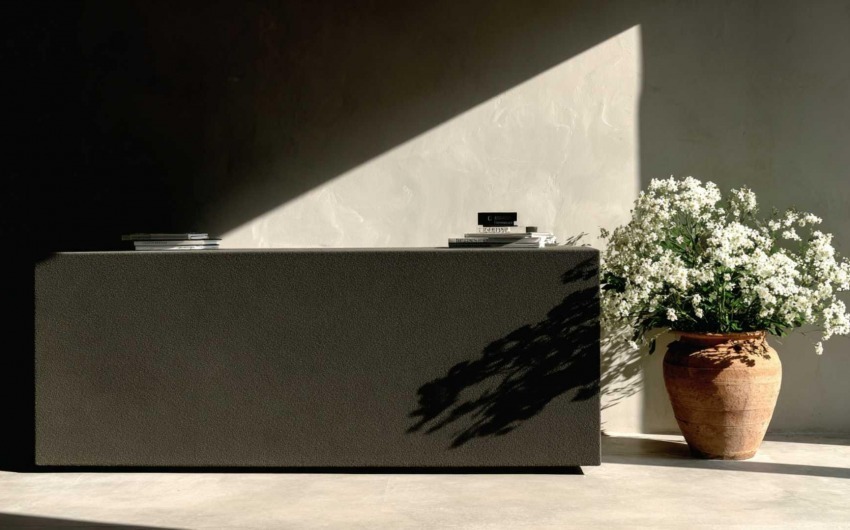-
1/02/2026 The Aesthetics of Ritual: How Design Shapes Everyday Habits
Homes have become more than places — they have become temporal landscapes. Design is shifting from objects to gestures, from furniture to the choreography of daily life.
-
12/19/2025 The Material of the Future: Ultra-Thin Surfaces and Advanced Finishes
Material innovation is reshaping interiors more deeply than any aesthetic trend. The new frontier is not in bold colors or complex textures — it lies in technical surfaces that are thin yet strong, discreet yet expressive, silent yet high-performing.
-
12/12/2025 New Geometries of Living: Curves, Arches and Soft Volumes in 2025 Design
For years, interior design celebrated straight lines and sharp rationality. But as homes became more intimate and introspective, a new aesthetic began to emerge — one rooted in softness, continuity, and emotional comfort. 2025 marks the consolidation of this evolution: curves, arches, and generous volumes define the new vocabulary of contemporary interiors.
-
12/05/2025 Silent Materials: The Art of Designing Spaces That Don’t Make Noise
Contemporary design is entering what many describe as a post-visual phase. For years, interiors have been discussed in terms of color palettes, shapes, textures, and lighting. Today, the conversation expands to something subtler: the acoustic identity of a space, and the ability of materials to soften it.
-
11/28/2025 Contemporary Italian Design: Between Craftsmanship and Technological Innovation
Italian design has always been synonymous with beauty, precision, and creativity. In recent years, this legacy has evolved into something new: a fusion of tradition and technology, where craftsmanship meets smart materials, sustainable production, and digital innovation.
-
11/21/2025 Micro Luxury: The Art of Making Small Spaces Extraordinary
It’s not about square meters — it’s about smart choices. Modern luxury no longer belongs only to villas or penthouses: it’s about the ability to make refined beauty flourish even in compact spaces through premium materials, tailored design, and carefully orchestrated lighting. This is the essence of micro luxury — a rising trend across Europe, appealing to cultured urban dwellers seeking chic, intelligent solutions for smaller homes.
-
11/14/2025 Energy Efficiency with Style: Designing Green Interiors Without Sacrificing Aesthetics
As November arrives and the days grow shorter, heating bills start to rise — making energy efficiency a top priority once again. But sustainability doesn’t have to come at the expense of beauty. Today’s design philosophy combines efficiency, comfort, and visual harmony to create homes that both save energy and inspire calm.
-
11/07/2025 Slow Living and Interior Design: The Home as a Space for Slowing Down
In an increasingly fast-paced world, home is becoming the only true space to slow down. Slow living — a philosophy that promotes awareness, simplicity, and presence — is reshaping the way we design interiors. Today’s design no longer focuses solely on aesthetics but on sensory well-being: tactile materials, natural hues, soft light, and a balance between empty and full that restores calm and clarity.
-
10/24/2025 Modern Fireplaces and Bioethanol: The Return of Fire at Home
Fire has always symbolized warmth, conviviality, and atmosphere. In recent years, fireplaces are no longer just a memory of mountain homes: they’ve returned as key features in urban living, reimagined in modern, sustainable, and stylish forms. Whether bioethanol, electric, or wall-mounted minimal, today’s fireplace is both decorative and functional—transforming any room into a cozy retreat.





_0f565b1edb_633.jpg)


